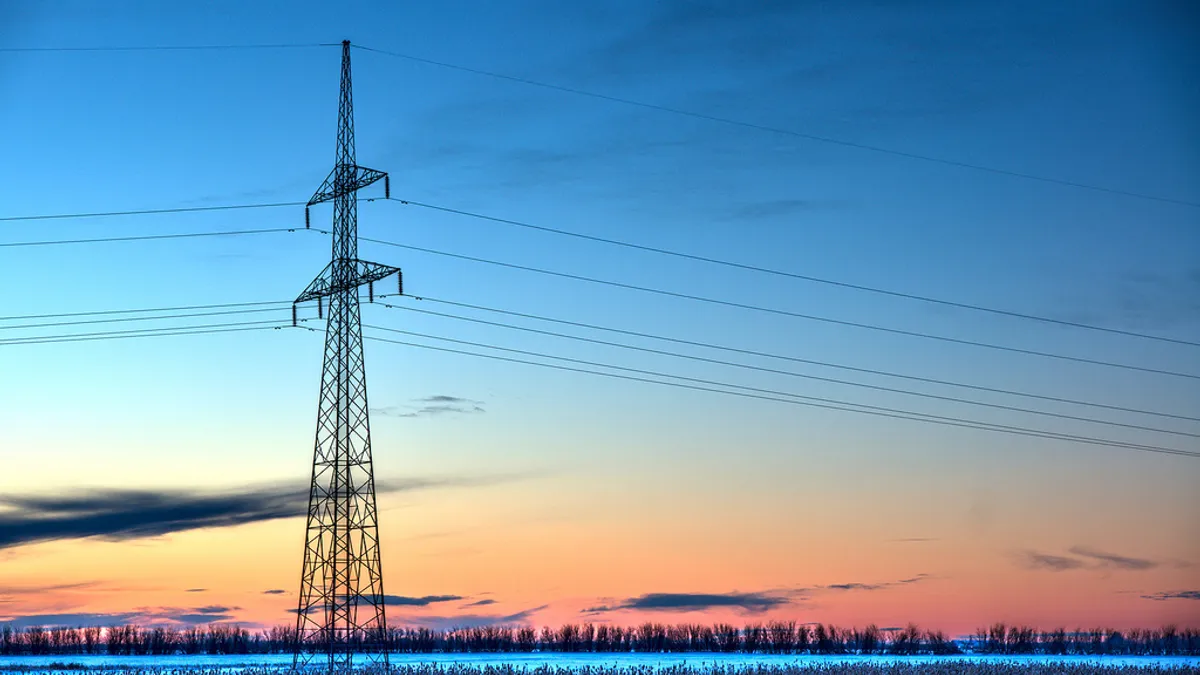Dive Brief:
- New England's continued reliance on natural gas-fired generation, coupled with the retirement of coal, oil and nuclear generation, has left it energy-constrained, according to a draft 10-year assessment of the region's electric grid.
- Despite a tight supply-demand balance, the grid operator says it expects to operate a reliable and affordable electric grid over the next decade through transmission investments and a reliance on energy efficiency.
Dive Insight:
New England officials expect the region's electric grid will remain reliable and economic, largely due to approximately $1.3 billion in planned transmission upgrades over the next 10 years. In the near-term, the region will look to efficiency, renewables and imports.
"The region remains highly dependent on natural gas generation," Michael Henderson, the ISO's director of regional planning and coordination, said Thursday at a public forum in Boston.
Pipelines in the region are at capacity. The ISO in March filed short-term plans with federal regulators to boost compensation for fuel resources during winter months, as a way to address constraints.
ISO New England administers wholesale electricity markets and conducts planning for six states: Connecticut, Maine, Massachusetts, New Hampshire, Rhode Island and Vermont.
The grid operator says it has identified long-term system needs for the Boston area, and its Regional System Plan indicates it will solicit competitive solutions. Transmission improvements are already underway in those areas, as is the addition of fast-start generation.
The plan anticipates issuing a request for proposals for transmission projects by early 2020.
Overall, grid officials say the system is becoming cleaner, with lower emissions from the widespread development of renewables. Other strategies, including more Canadian hydroelectricity imports, grid modernization efforts and the addition of energy storage will likely continue that trend.
The ISO projects the 10-year net energy for load, accounting for both energy efficiency and distributed solar, to decrease from 125,823 GWh in 2019 to 121,336 GWh in 2028 — a decline of 0.4% per year. Those projections are similar to estimates the ISO has made in recent years.
The ISO expects summer peak demand savings from energy efficiency to grow from 2,913 MW in 2019 to 5,372 MW in 2028.
The operator's plan concludes it has sufficient resources through 2028 to meet resource adequacy planning criterion, though that is dependent on there being no major retirements and projects coming online as planned.
"We stand ready to meet the very dramatic changes ahead of us," Henderson said. "I think the state of the grid is good. Plans are in place for infrastructure development that will meet regional needs for the next 10 years."














